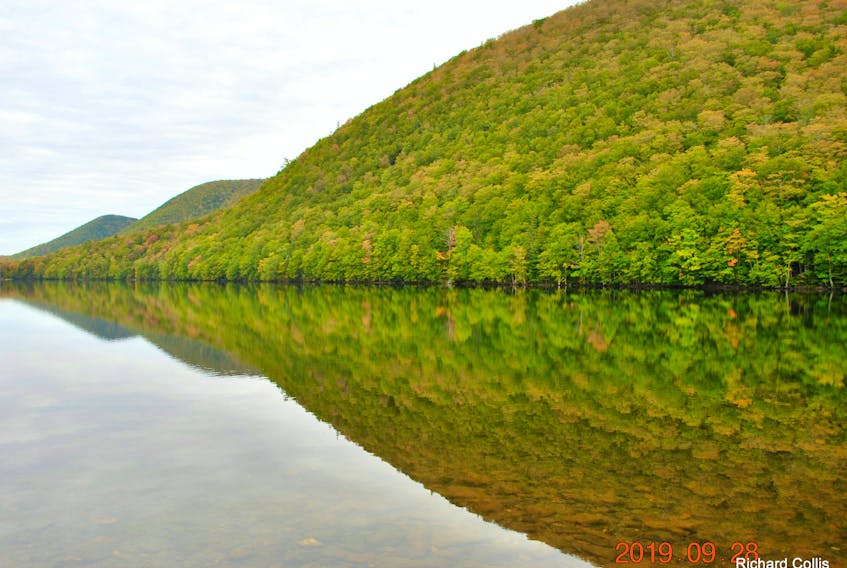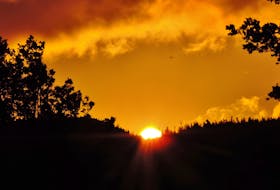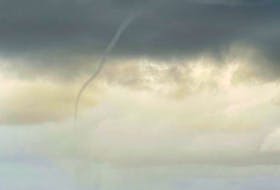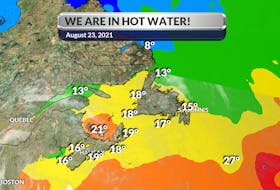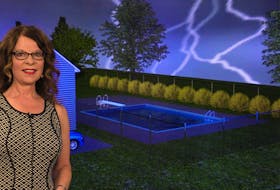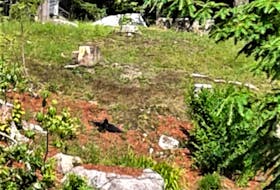I love the colour green. I’ve been driving a green car for 15 years. But there is something very magical about watching a solid green canopy of leaves light up with fall colour.
Contrary to popular belief, frost does not cause the colour changes of autumn. Early frosts can kill leaves, leaving them shrivelled and brown.
It’s an inside job
The vivid colours on the outside are the products of the complex chemistry of growth inside a leaf.
Yellow and oranges come from compounds called carotenoids. You’ll find them in the leaf during the growing season, but they are masked by the green chlorophyll, the workhorse of photosynthesis. As the days grow shorter and the temperatures cool, chlorophyll breaks down, changing from green to colourless and allowing the oranges and the yellows to take centre stage.
Red is a bit of a rebel
Red pigments are not present in the leaf during the summer. Leaves that turn red produce a pigment, called anthocyanin in late summer and early fall. These pigments play a key role in protecting the leaves from too much light, which can interfere with late-season transport of nutrients from the leaf back to the twigs.
While frost doesn’t trigger the change, the range and intensity of autumn colour are influenced by the weather. Cool temperatures destroy chlorophyll and promote the formation of anthocyanins. Bright sunshine also destroys chlorophyll and enhances anthocyanin production. Dry weather, by increasing sugar concentration in sap, also increases the amount of anthocyanin. So the brightest yellows and oranges are produced when dry, sunny days are followed by cool, dry nights.
Location, location, location!
Fall colour starts earlier at higher altitudes and in northern regions than it does in lower elevations or farther south. Another factor to consider is the condition of the soil. Trees on dry hills, especially at the end of a long dry summer, turn early.
I had the pleasure of flying over the region last weekend and I can tell you that the show is getting started. Plan a road trip and take in the wonderful fall spectacle that so many come from away to experience.
- Visit your weather site.
- Have a weather question, photo or drawing to share with Cindy Day? Email [email protected]
Cindy Day is the chief meteorologist for SaltWire Network.

